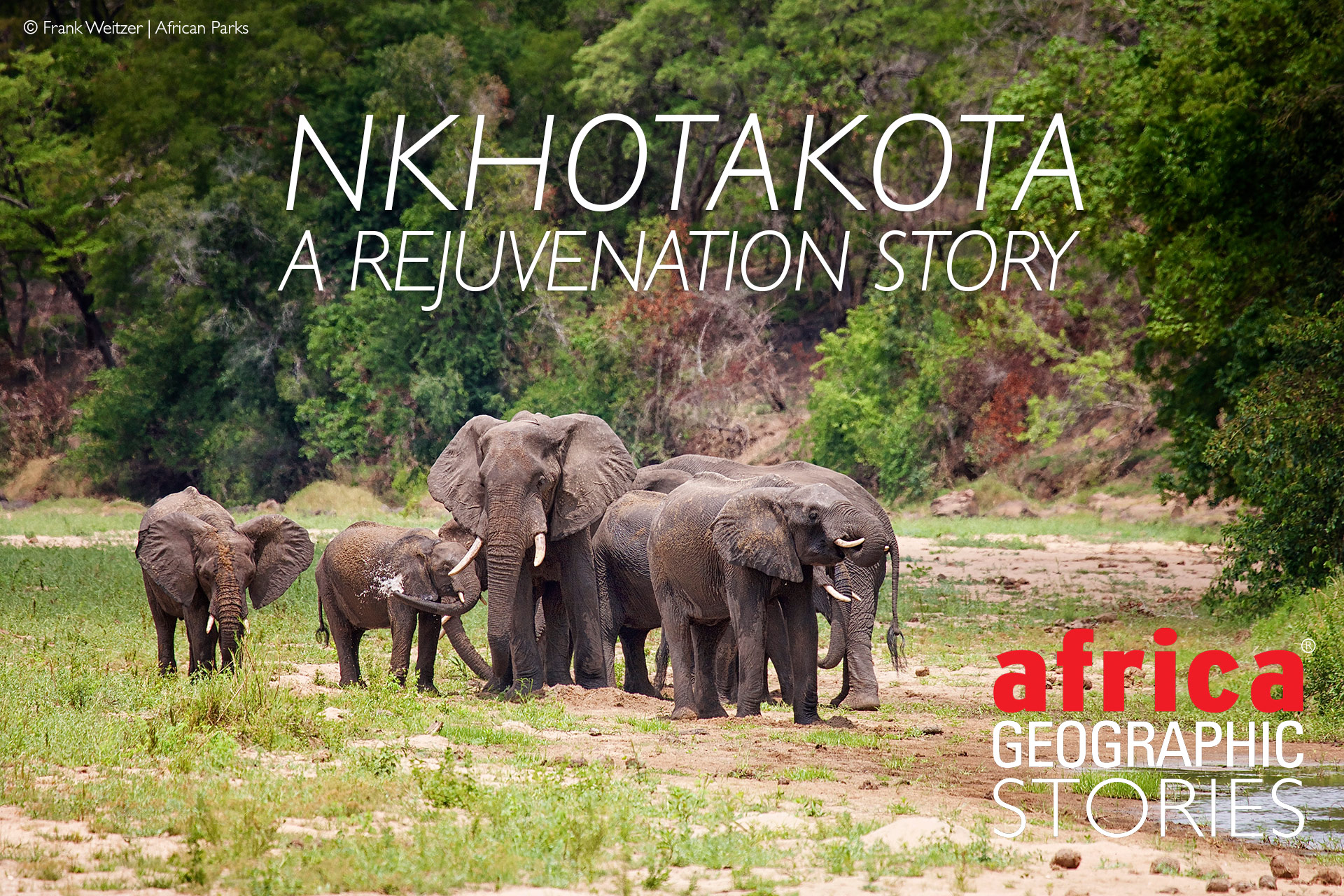
KINGLSEY HOLGATE'S AFRIKA ODYSSEY EXPEDITION


We’re supposed to be quiet at Henry Nsamjama Hide in Nkhotakota, but Kingsley’s stomach is giving out a series of frightening gurgles and groans. We get the giggles. “Must be worms, or that massive breakfast they served at the Environmental Centre,” he says with a grimace. “There’s a worm dose in the first aid kit,” Ross says helpfully, as the tummy gives out a particularly loud trumpeting sound. “Shhh – you’ll scare the elephants.” There follows a long, drawn-out jumbo-like rumble. We can smell and hear them in the forest…but then we realise it’s Kingsley again, and the elephants are quickly gone, disappearing like grey ghosts – too much competition! Sheelagh Antrobus shares news from the road.
A pair of hamerkops head-bob on the water’s edge as if in a whisper just audible above the Beard’s stomach growlings. We discuss how they are a close relative of the shoebills we’d recently seen in Bangweulu Wetlands. We watch a herd of roan antelope, kudu, waterbuck and a magnificent ebony-black male sable with huge scimitar horns walk serenely across the forest-fringed grasslands. Scenes like this would have been impossible 10 years ago.
Renowned African explorer Kingsley Holgate and his expedition team from the Kingsley Holgate Foundation recently set off on the Afrika Odyssey expedition – an 18-month journey through 12 African countries to connect 22 national parks managed by African Parks. The expedition’s journey of purpose is to raise awareness about conservation, highlight the importance of national parks and the work done by African Parks, and provide support to local communities. Follow the journey: see stories and more info from the Afrika Odyssey expedition here.
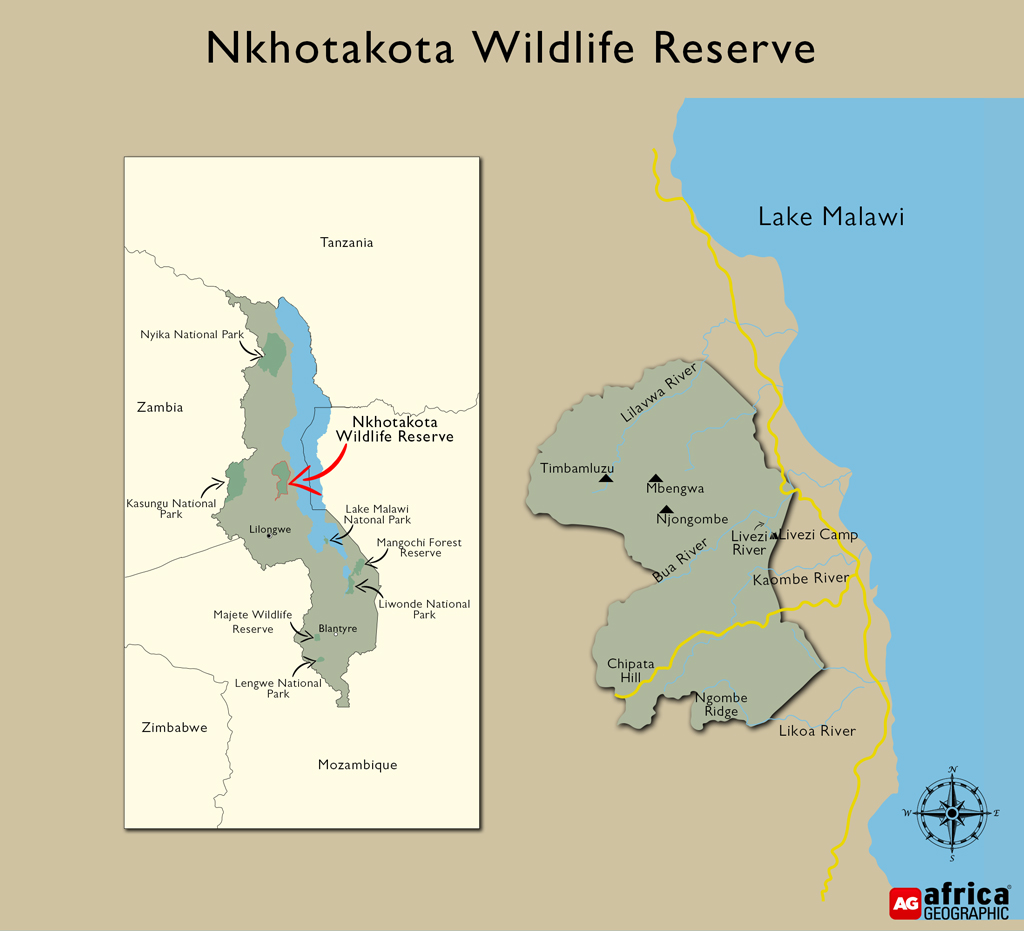
It’s been called ‘one of the world’s largest restoration efforts.’ Nestled beneath the Chipata Mountain, a vast network of rivers weave through the wooded hills and dense miombo forests that make up Nkhotakota Wildlife Reserve. First proclaimed in 1938, it is Malawi’s largest and was once home to 2,000+ elephants. But by 2012, years of ivory poaching had reduced the elephant population to a mere 100 animals, charcoal and logging were out of control and what was once a sanctuary for many wildlife species had diminished to a silent and empty forest. In 2015, the Malawian government joined forces with African Parks, and so began Nkhotakota’s journey of revival.
Fellow adventurers have an uncanny way of bumping into each other in the most unexpected of places. On a sandy track, we meet up with good Kiwi mate and keen conservationist Pete Eastwood, his brother Kevin and the lovely Adele. They’ve spent a few days here and scribble these words in the expedition Scroll:
“Nhotakota is a place of peace, tranquillity, pristine forests and friendly people, a Garden of Eden being restored with animals that once belonged here, and a reflection of what Malawi looked like a millennia ago.”

We’ve travelled this ‘Warm Heart of Africa’ many times before, most recently last year on our world-first – the transcontinental Hot Cape-Cold Cape expedition from Cape Aghulas on Africa’s southern tip to Nordkapp in Norway’s Arctic Circle in the new Land Rover Defenders. Over the years, we’ve seen first-hand the massive deforestation in this small country, caused by logging, charcoal, agriculture and population explosion. Now, as we get to explore Nkhotakota’s vast, still intact forests, we realise what a miracle of conservation it is that this piece of wilderness has not only survived but now has a new lease on life.
 DID YOU KNOW that African Parks offers safari camps (lodges and campsites) where 100% of tourism revenue goes to conservation and local communities? Find out more and book your African Parks safari.
DID YOU KNOW that African Parks offers safari camps (lodges and campsites) where 100% of tourism revenue goes to conservation and local communities? Find out more and book your African Parks safari.
It’s a Saturday afternoon but park manager David Nangoma is hard at work at their newly built HQ. The set-up is immaculate: graded roads, neat-as-a-pin workshops and fresh new signage give the sense of a place confidently being reborn. Smiling, cheerful, positive and with a playful sense of humour, we immediately warm to him. Raised in the Serengeti by his grandparents, David’s love for wildlife began at an early age. The afternoon hours speed past as he regales us with fascinating tales of both adversity and triumph – the greatest being 500 Elephants, the biggest and most successful elephant translocation in the world that took place in 2016-2017.
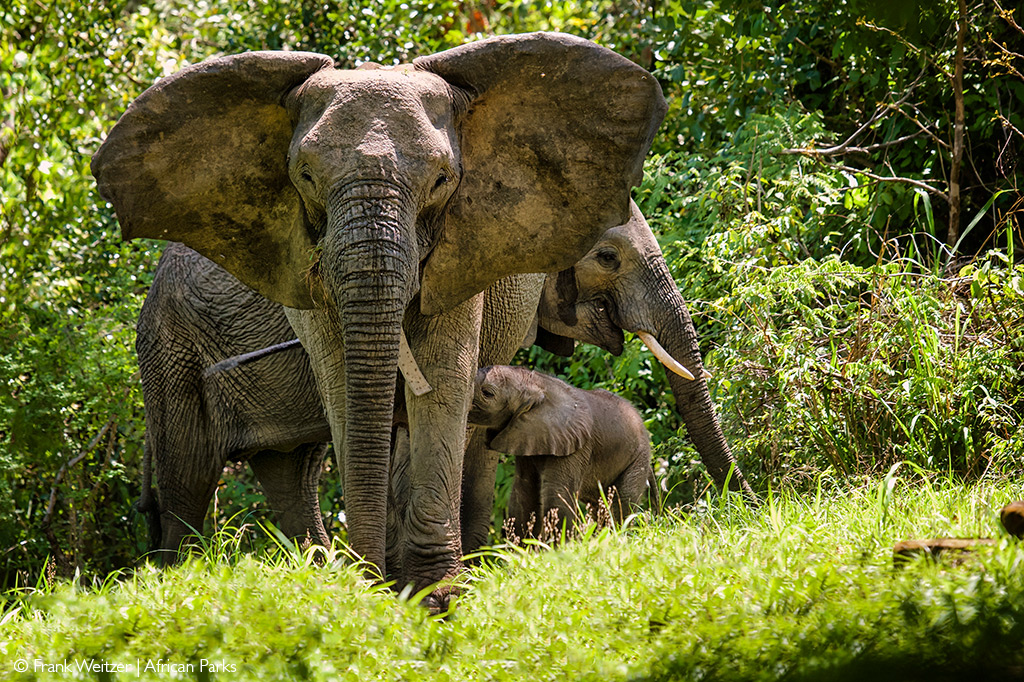

This remarkable story had a two-fold mission: to restock Nkhotakota and reduce elephant overpopulation pressure on Malawi’s Liwonde National Park and Majete Wildlife Reserve. It’s easy to imagine the massive scale of it all; swarms of helicopters, teams of rangers, wildlife vets, game capture experts and volunteers including Prince Harry, big cranes and long convoys of flat-bed trucks transporting 500 elephants 350km by road across Malawi to Nkhotakota, along with 2,000 other animals. Then last year, a further 800 animals were reintroduced. In just seven years, this green jewel has been transformed into a thriving haven for wildlife and a tourism asset for the people of Malawi.
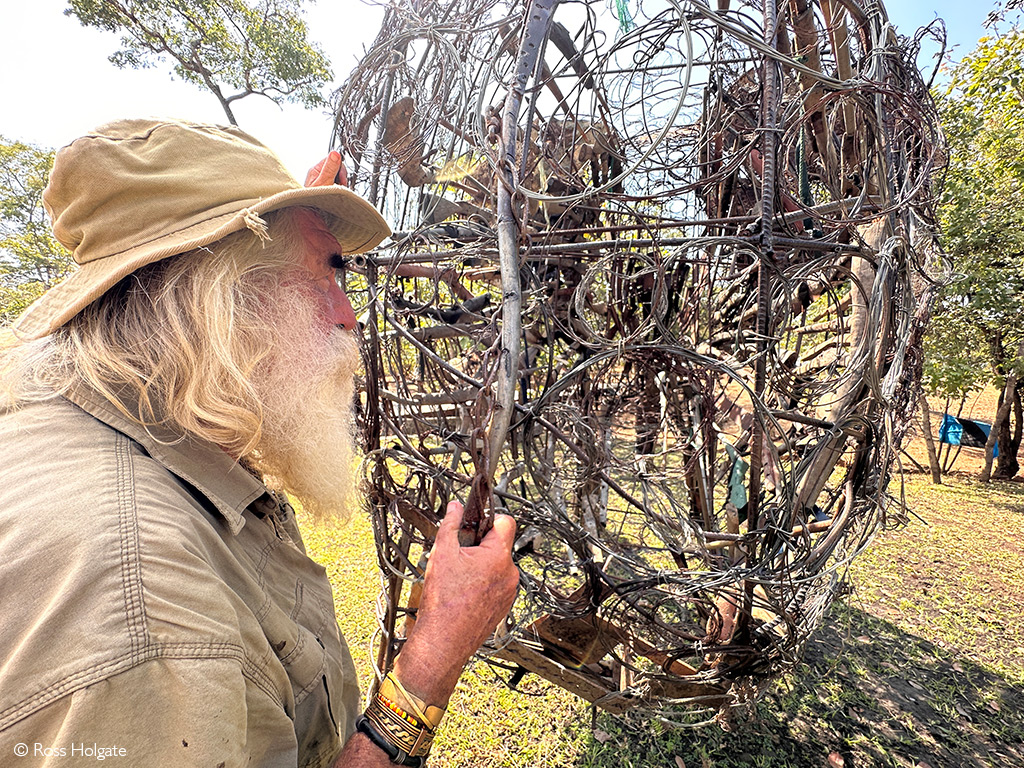
Nkhotakota’s environmental education centre is arguably the best we’ve ever seen – a work of art designed in the shape of an elephant. Along with the colourful and descriptive murals and information boards, conference centre and restaurant (great grub and friendly staff) the other main attraction is a life-sized elephant statue called ‘Problem’. Constructed from wire snares and jagged-tooth saw blades confiscated from illegal loggers, and dozens of poachers’ homemade firearms of every type, shape and bore, it epitomises the struggle that Nkhotakota’s elephants and other wildlife have endured.

David is rightly proud of Nkhotakota’s transformation but reminds us that community education and awareness are key to the park’s survival: “If conservation education isn’t inculcated at a young age, children will grow up with a mindset that every animal is only a food source, and trees are only good for fuel. But if they learn early, they will become long-term ambassadors for Africa’s wildlife,” he says as we walk down a steep footpath to the Bua River, Nkhotakota’s principal water course. In a spectacular setting of rapids, pools, thick forest and elephant tracks crisscrossing the sandy banks, David – looking carefully out for crocs (“there are some monsters here”) – balances on the rocks to add a symbolic splash to the expedition’s Zulu calabash.
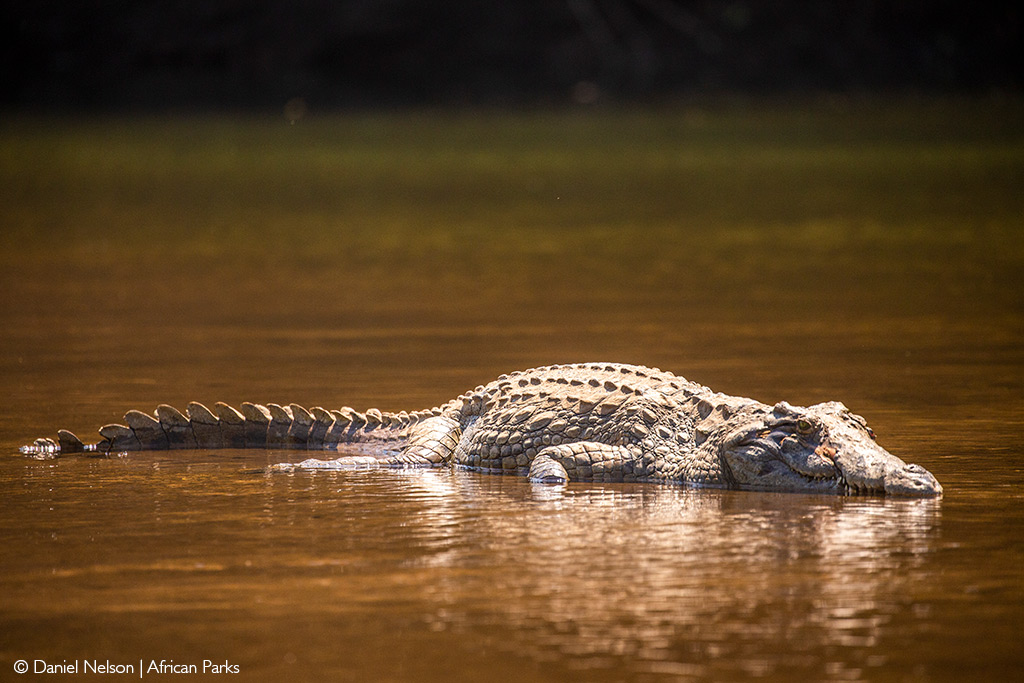
Timothy Maseku, Nkhotakota’s community extension manager, tells us that the park now provides hundreds of jobs, and thousands of people living on the boundaries benefit from income-generating projects such as beekeeping, dried-mango processing, chilli farming and irrigation. Schools and wildlife clubs have planted a whopping 100,000 trees and community members are regularly allowed into the park to harvest mushrooms, bamboo, thatching grass and medicinal herbs.
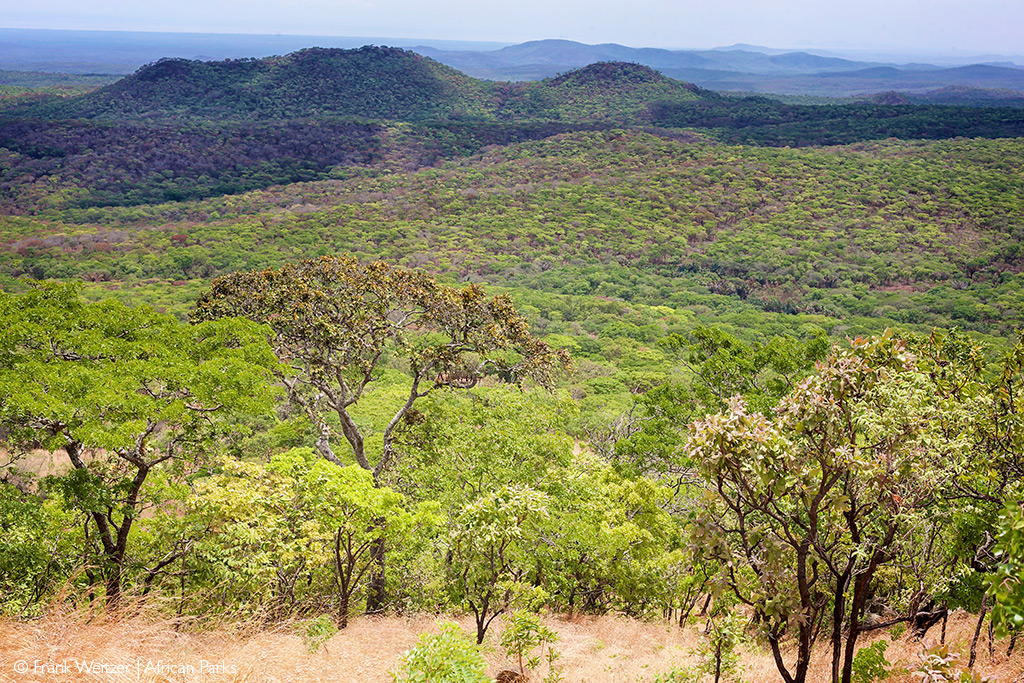

With Timothy and his energetic team, we roll up at a community school for a fun morning of conservation education and a wildlife art competition. The kids overcome their shyness to recite their wildlife-themed poetry, before swarming around the expedition Defenders for an impromptu geography lesson, using the Afrika Odyssey map printed on the bonnet. Then, at an African Parks-built community clinic that cares for hundreds of households, we’re able to provide eye tests and reading glasses to grannies and grandpas, and in a campaign supported by Land Rover, malaria prevention education and mosquito nets for pregnant women and mums with young children. What a great vibe – dancing, singing, and appreciating the good neighbourliness coming from the park.
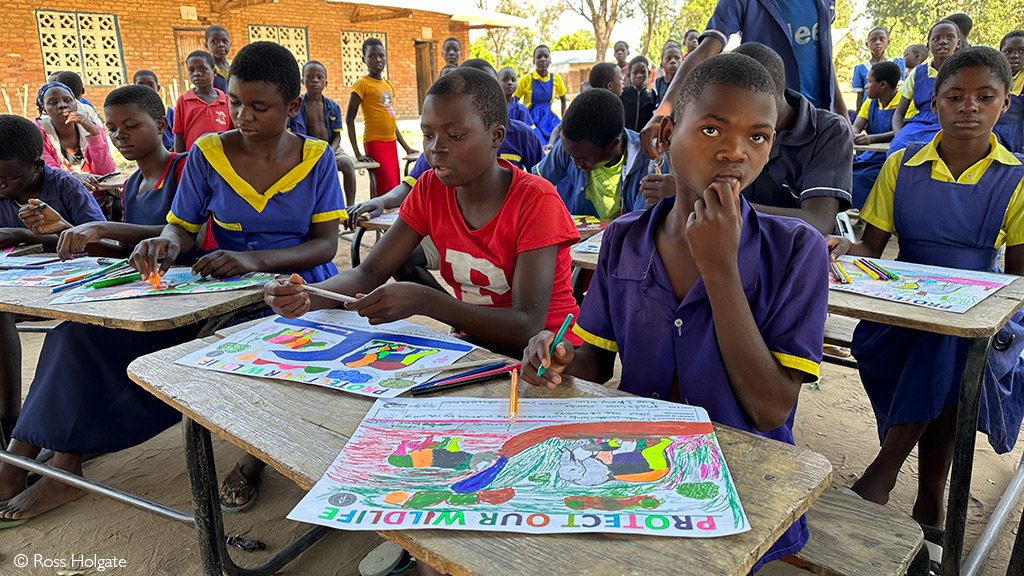
Our base camp is at the tented Nkhotakota youth hostel inside the reserve. To the timeless sounds of an African night, Jacob Kwakwala talks animatedly about his work. “32 kids at a time from the surrounding communities come and stay here every weekend – it’s all about learning and seeing the wildlife. This camp and our education centre provide unforgettable memories, key to unlocking children’s understanding of the need to protect the environment.”
 Considering Nkhotakota for your next African safari? Check out our ready-made safaris to Nkhotakota here. Alternatively, see our other safaris here.
Considering Nkhotakota for your next African safari? Check out our ready-made safaris to Nkhotakota here. Alternatively, see our other safaris here.
On our last morning, we’re astonished to find a huge crowd waiting at the park’s HQ – it seems everyone has turned out to say farewell: David and the management team, tough-looking rangers, Timothy and his community crew, staff from the Education Centre, even workshop mechanics. All insist on writing personalised messages of hope for Africa’s conservation in the expedition scroll and posing for a jolly team photo. We leave to cheerful shouts of “Zikomo Kwambiri – come back soon!”
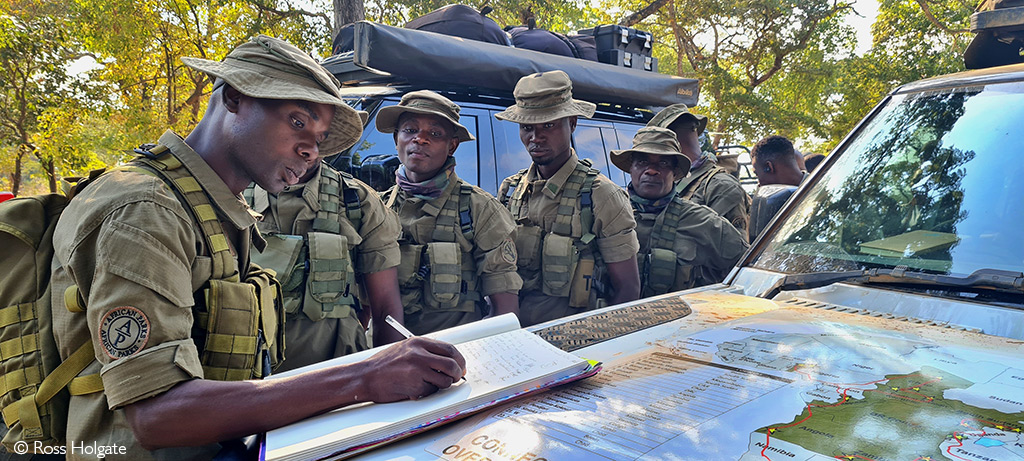

What’s been achieved here at Nkhotakota in just 7 years is incredible. As we turn the expedition Defenders south down the shores of Lake Malawi, the words of Peter Fearnhead (CEO of African Parks) come to mind: “Seldom do we hear good news about elephants in Africa. This successful translocation was a pivotal moment for Malawi, which has emerged as a leader in African elephant conservation and park restoration. Rehoming 500 elephants and knowing they will thrive in Nkhotakota is a story of hope and survival, and a real example of what is possible with good collaboration.”
To comment on this story: Login (or sign up) to our app here - it's a troll-free safe place 🙂.![]()




